The Pond Through the Years
Martha O'Kennon
In the summer of 2006, my neighbor helped me dig a small pond in my back yard. There are lots of good books on materials and techniques for pond construction. For instance, I wanted a shallow end for raising baby fishes as they appeared, and a deeper end for the fish to hunker down in for the long cold winter. Here is the roughout for the actual pond. You can see the various depths, and also the soft sand that we would be lining the pond with to protect the vinyl liner. The next picture is of the fence with gate to protect little children from injury or drowning. Nothing attracts little kids like water and fishes, and it's the property owner's first responsibility before adding water to a hole in the ground.

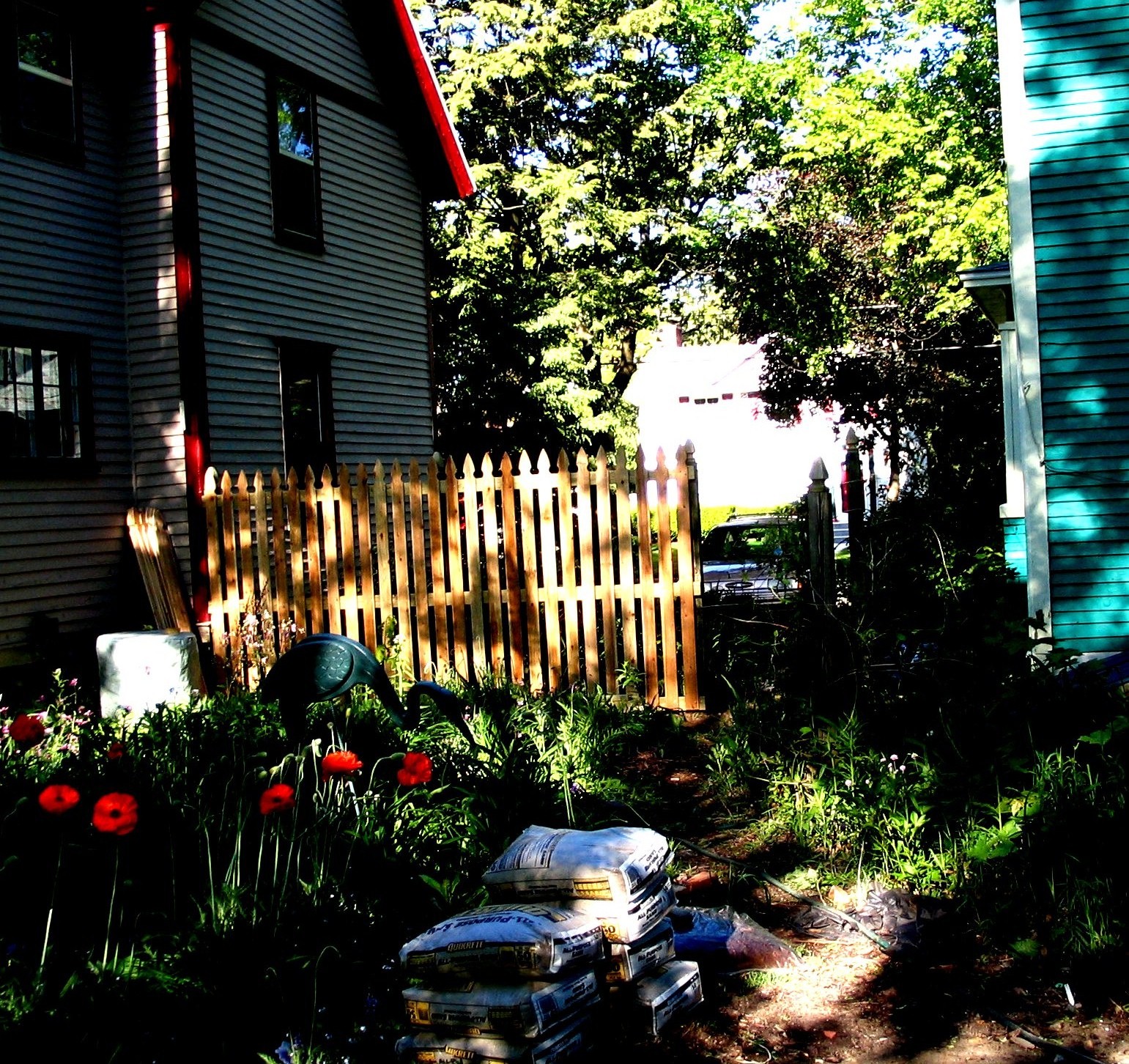
Here's the dream pond. Actually taken ten years after starting the pond up! The fishes on the right are many generations from the original two fishes. Their stories are told below.
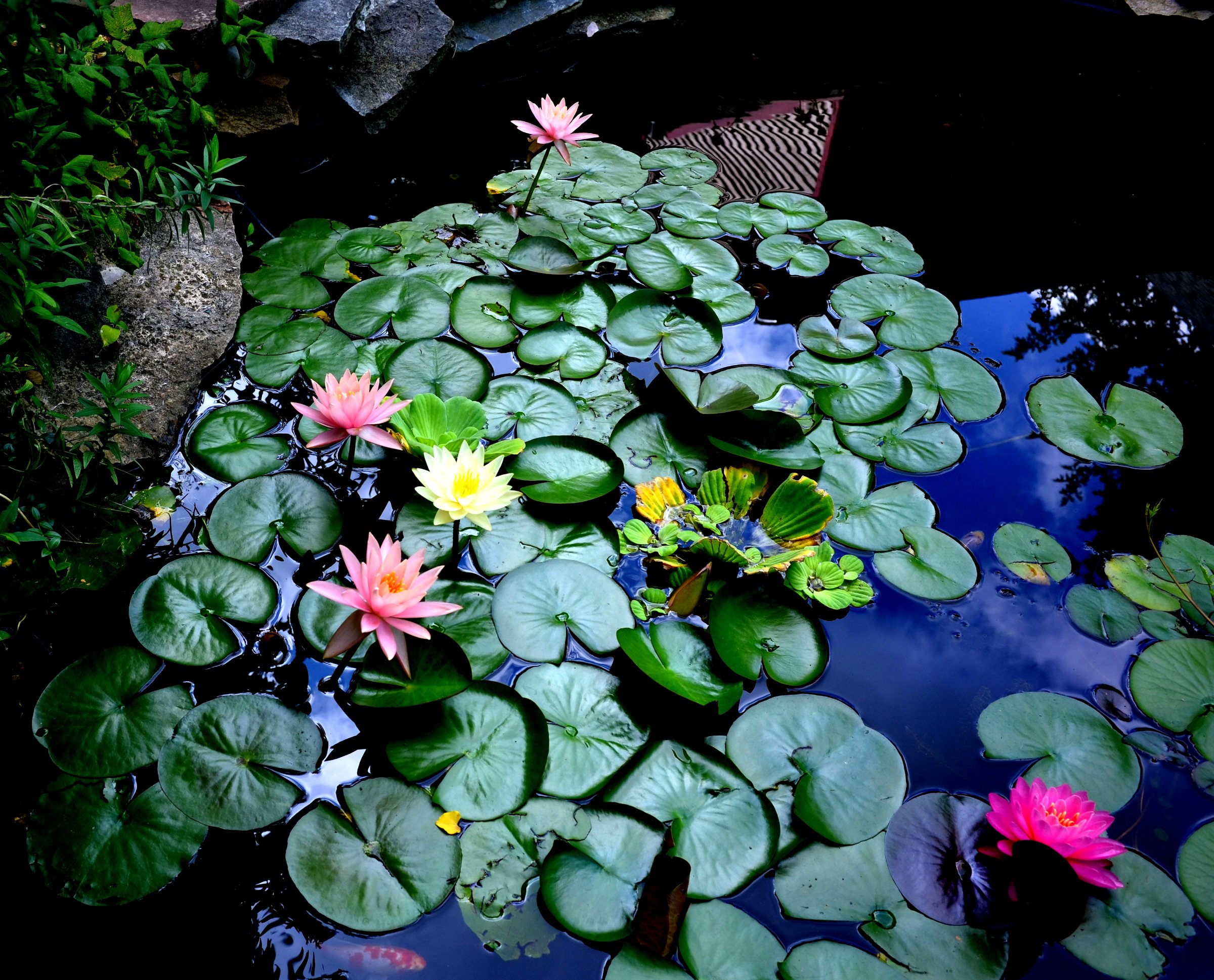
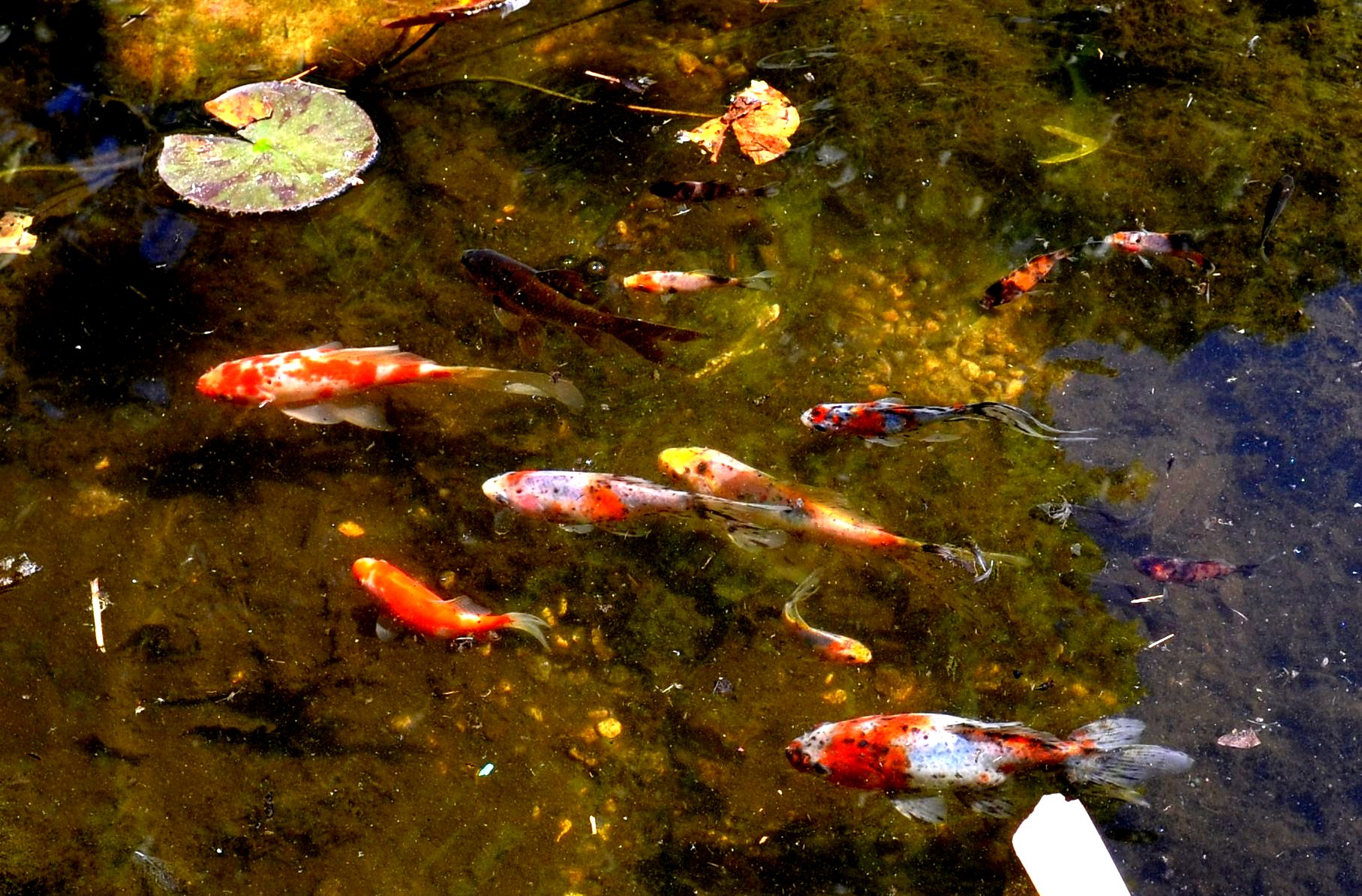
The Seymour and Audrey Story
I had one large calico fantail (a goldfish with many colors and a fancy tail), named Seymour by John Kondelik after the main character in the short story by J. D. Salinger (A Perfect Day for Bananafish). He looked quite lonely in his otherwise perfect pond home, so I bought him a playmate, a very pretty red and white Comet, another kind of goldfish with long flowing fins and tail. Seymour seemed to adapt enthusiastically to his pondmate, named Audrey for the flower in the movie ( The Little Shop of Horrors).
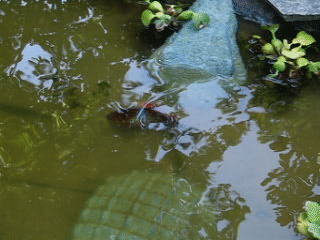
The flirtation was obviously fruitful. Almost immediately Seymour began to put on weight and that summer was the start of a family of tiny baby fishes, about 19 of them. For the rest of that summer, I watched more and more baby fishes, Seymour and Audrey's children. One of the things you need when you are expecting the fish to lay eggs is to supply some floating plants with LOOONG roots, to provide a safer home for the babies, who are high on the parents' list of wholesome food items. Here are some water lettuces. They multiply by dividing, and as you can see, by July their roots are nice and long.

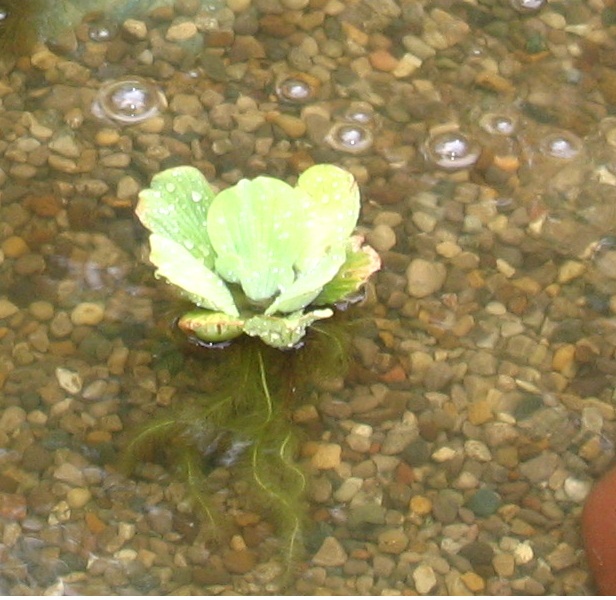
One of the quick facts about the colors of baby fishes: Seymour had all the color genes: red, white, blue, and black. But since Audrey had only red and white, all their children that year had only red, black and white. The blue was neither dominant nor classically recessive, as I learned watching subsequent generations. None of Seymour's and Audrey's brood ever had any blue. And the following year, all the black had disappeared too. Wait: I now have lots of baby fish with blue in them.
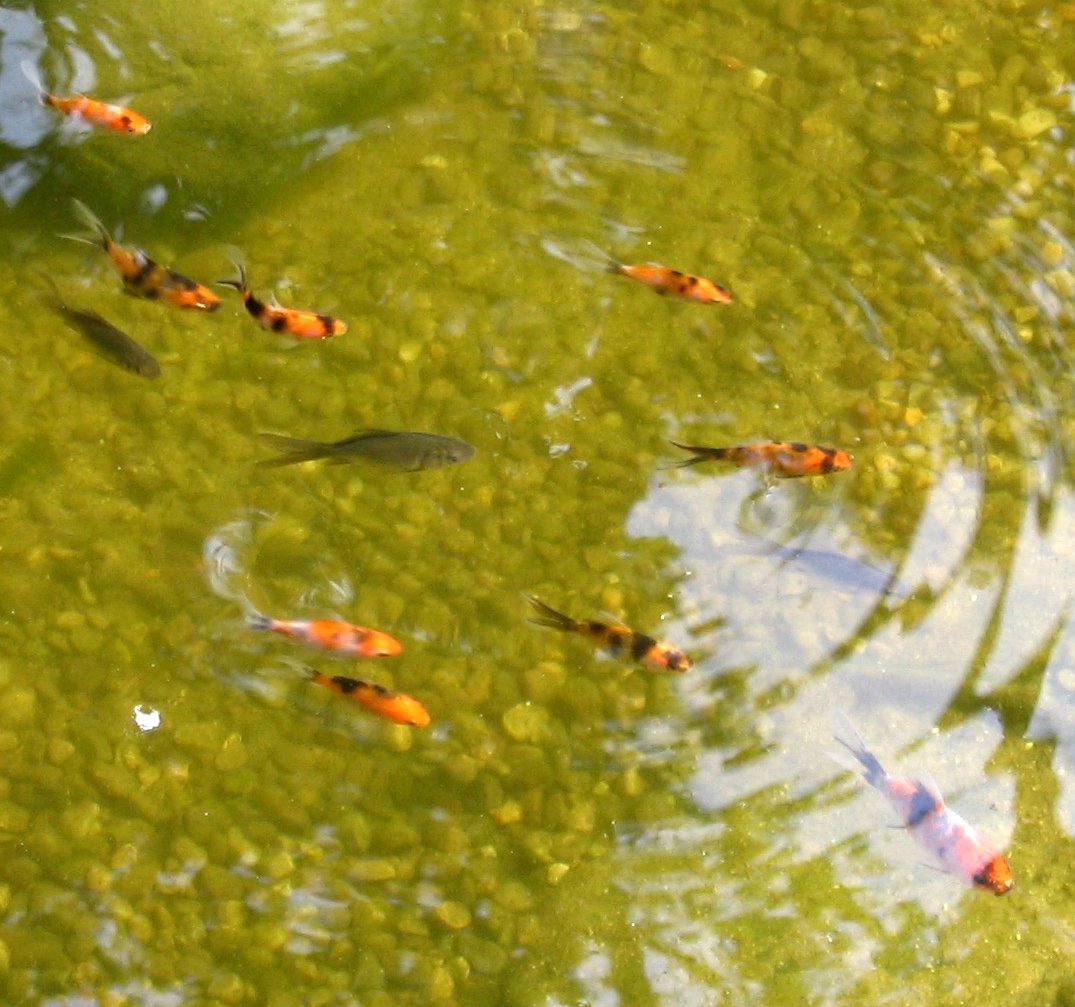

Now nothing says "water garden" like a few water lilies. You start them in these mesh cages. Note: the very flat-looking one is a filter. Do NOT get this kind of filter. It spills all the gunk when you try to lift it from the water. Get an outboard one. (I'll show you some time.) Here's what your garden will look like in 2016. Note: I had to learn everything the hard way. Some lilies are truly hardy. Others look lovely the first year. I finally settled on a few that do both.


After a while, I decided I would like to try to raise some frogs. The Pet Station was selling some very large tadpoles and I bought one. It grew even bigger into a bullfrog. The next spring I was cleaning out some old leaves and pulled out a very large slimy thing.
No more bullfrogs.Oh! I did learn something. My toads (foreshadowing) can't breathe out of the water till their tails have already been resorbed.

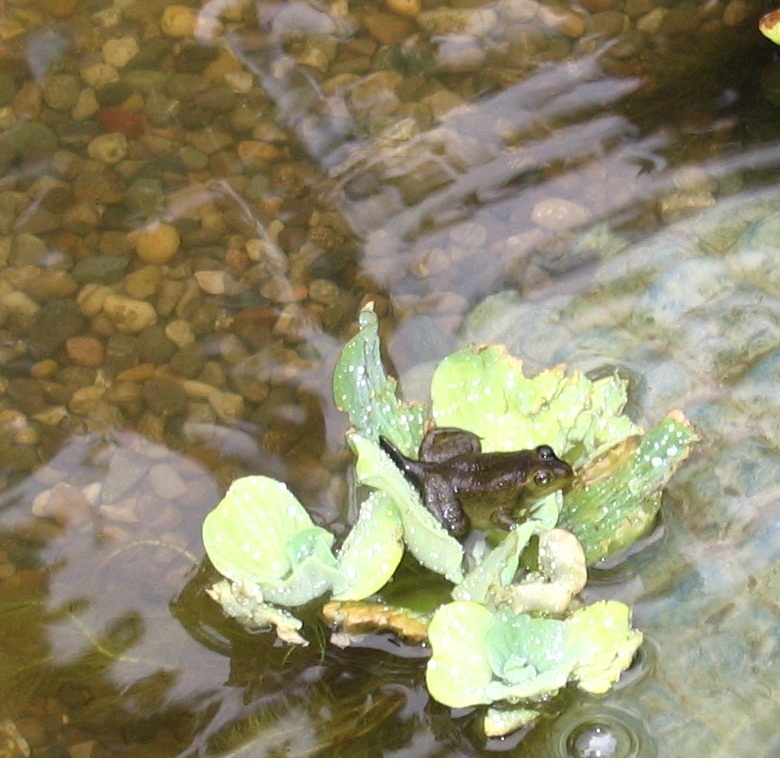
Over the years, frogs and toads have found their way to the pond, and always in their own way. For a couple of years, a male green frog started visiting me and announced himself by croaking loudly until I found him with my eyes. He was just that far from my feet! He would also respond to my croaking, in the musical sense of course. One day one of them was croaking with me when the cordless phone rang. I put the phone on speaker and my friend and Froggy carried on talking for some good time. One day Froggy walked out of the pond and walked away through the weeds. I'd had several wonderful years of talking with one or more green frogs!
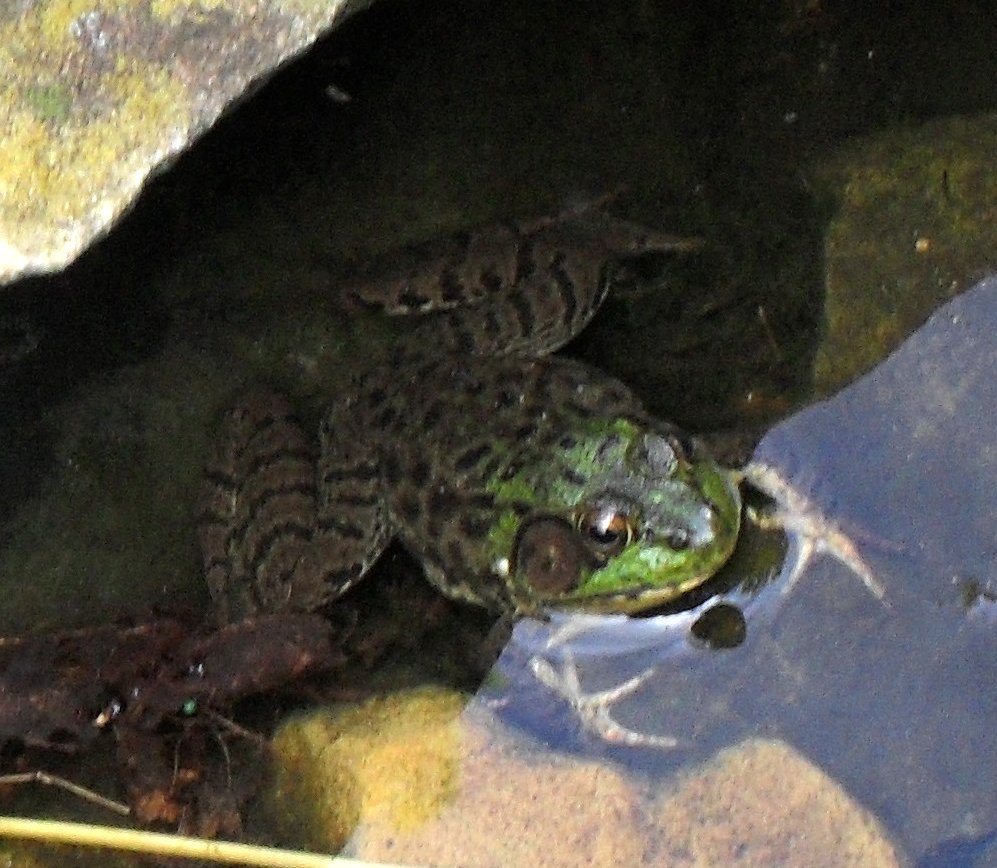

Imagine my surprise when a tiny little greenish frog with yellow lips showed up this summer (2017)! (The yellow lips are important as a diagnostic tool for the really little green frogs.) He grew quickly and by the time I had to put the leaf net over the pond was a nice sized Green Frog. I hope he shows up again in 2018. In the spring of 2018, a nicely filled-out young green frog appeared again! In the springtime, he spends quantities of time resting in a sunny spot by the side of the pond.

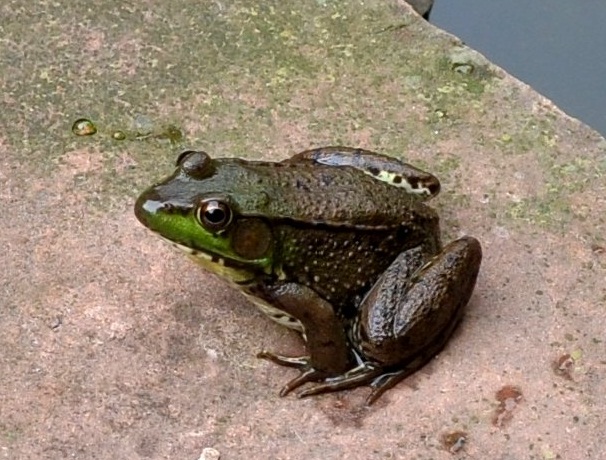

But the most exciting day of all was one day in late spring when the toads began to come to the Toad Motel. One afternoon, I started to hear a sound like a mini-chainsaw and then another. There were several brownish toads sitting around the pond and vocalizing. Finally their songs seemed to have attracted a couple of female toadettes. The song and dance continued all evening - and finally it got quiet. The next morning the boys and girls were still mating. It takes at least half a day before the female starts to expel eggs - two strands of eggs in gel envelopes. She lays lots and lots of eggs and as she does, the male ejects toad sperm over them and they are fertilized.

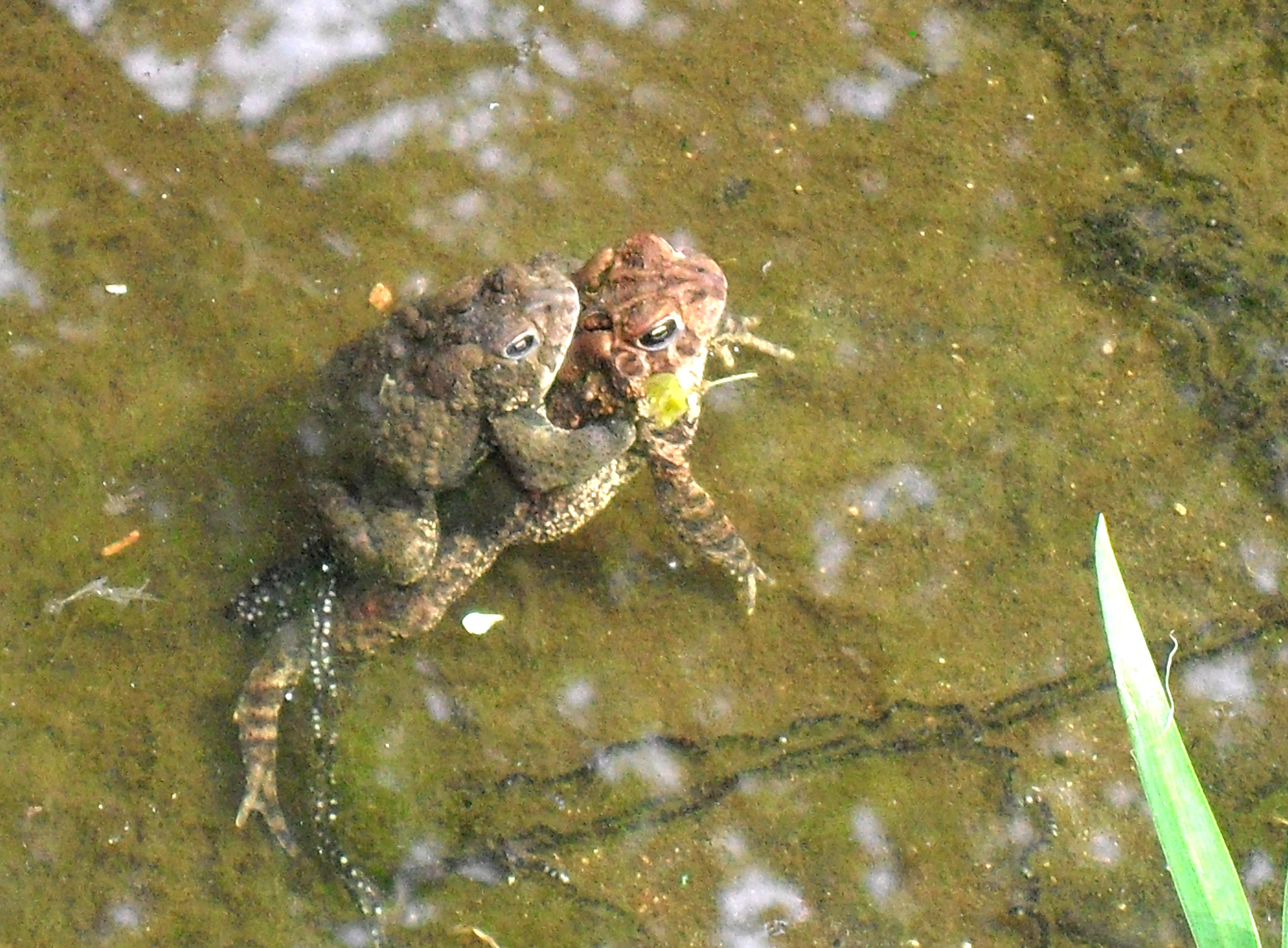
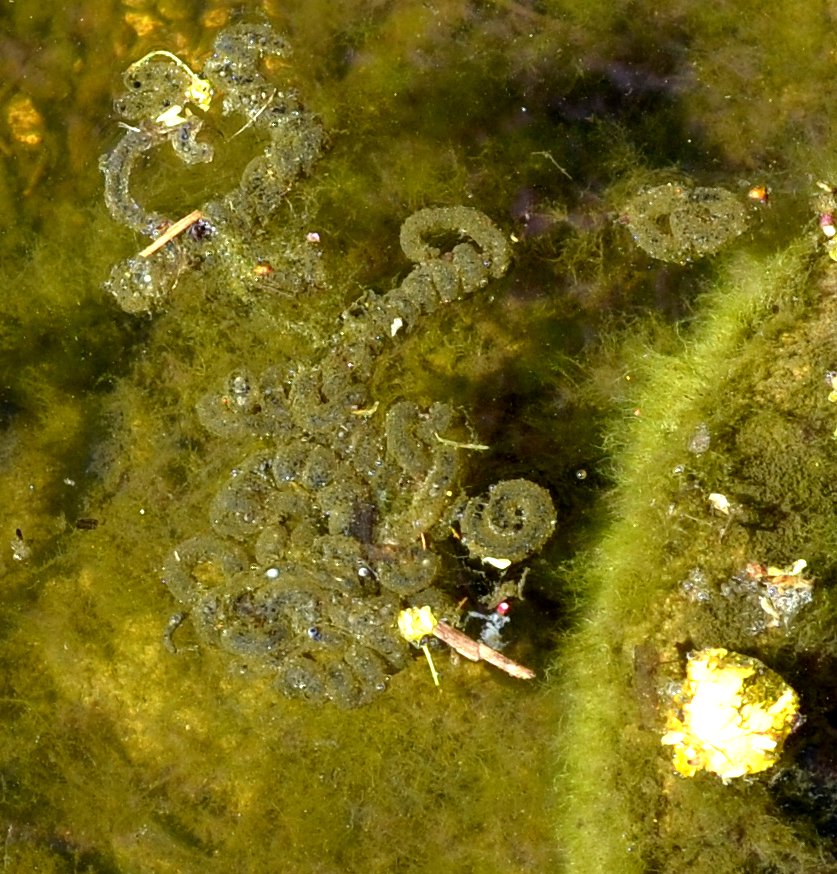
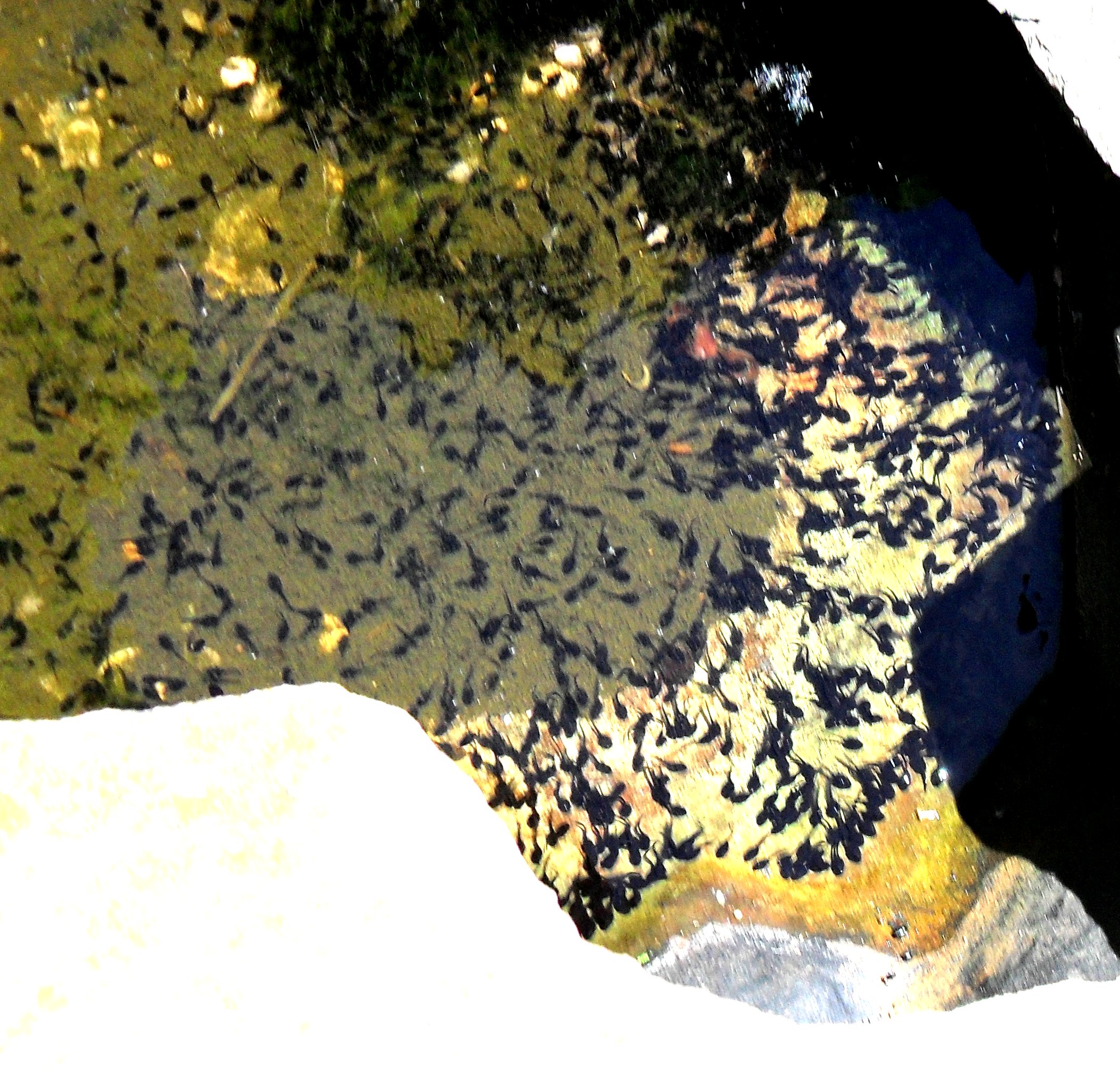
Oh - I don't know what part of their life they spend in the pond itself but here is one of the Grey Tree Frogs that frequent the yard, especially perched in a leafy plant awaiting some little bugs. We also had for a short time one of the most voracious tadpole eaters in the known world - this little Northern Water Snake. He appeared suddenly one day from some other body of water elsewhere in the environs.
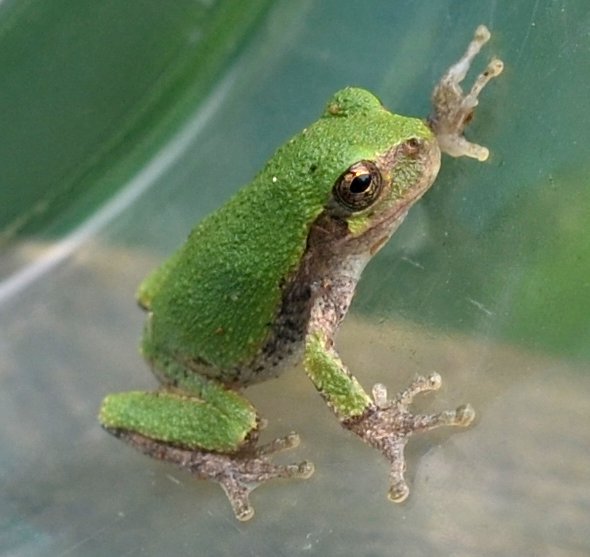
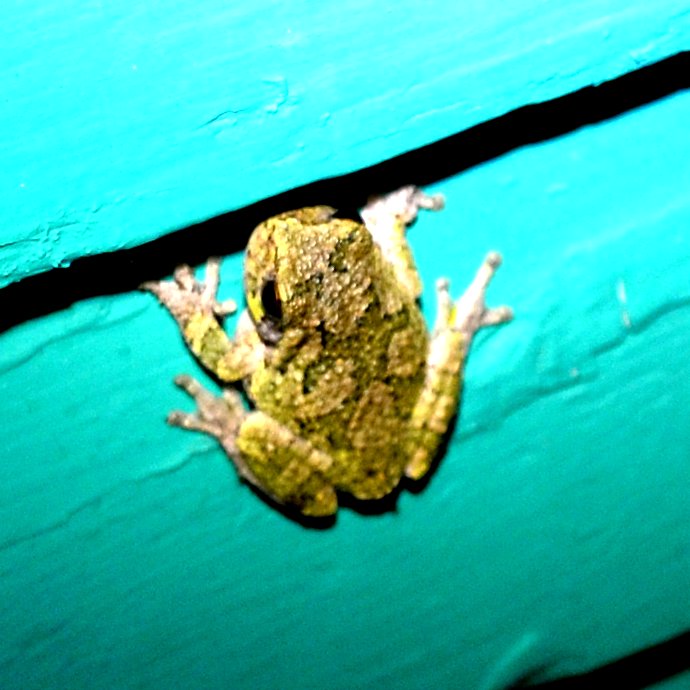

Another creature we always hope to see near a pond or other water source. The Odonata (dragonflies and damselflies) form one of the most beautiful orders in the insect world. They occur in almost every habitable spot on the earth. Almost everyone knows what a dragonfly is and does. They are great mosquito eaters, catching them on the wing or perched on a twig. The females lay their eggs on the water, and the babies are aquatic insects until they split their nymphal shells. Here is a very young damselfly and the protective nymphal shell it has emerged from. And here is a very popular damselfly - the male Ebony Jewelwing - what an appropriate name!


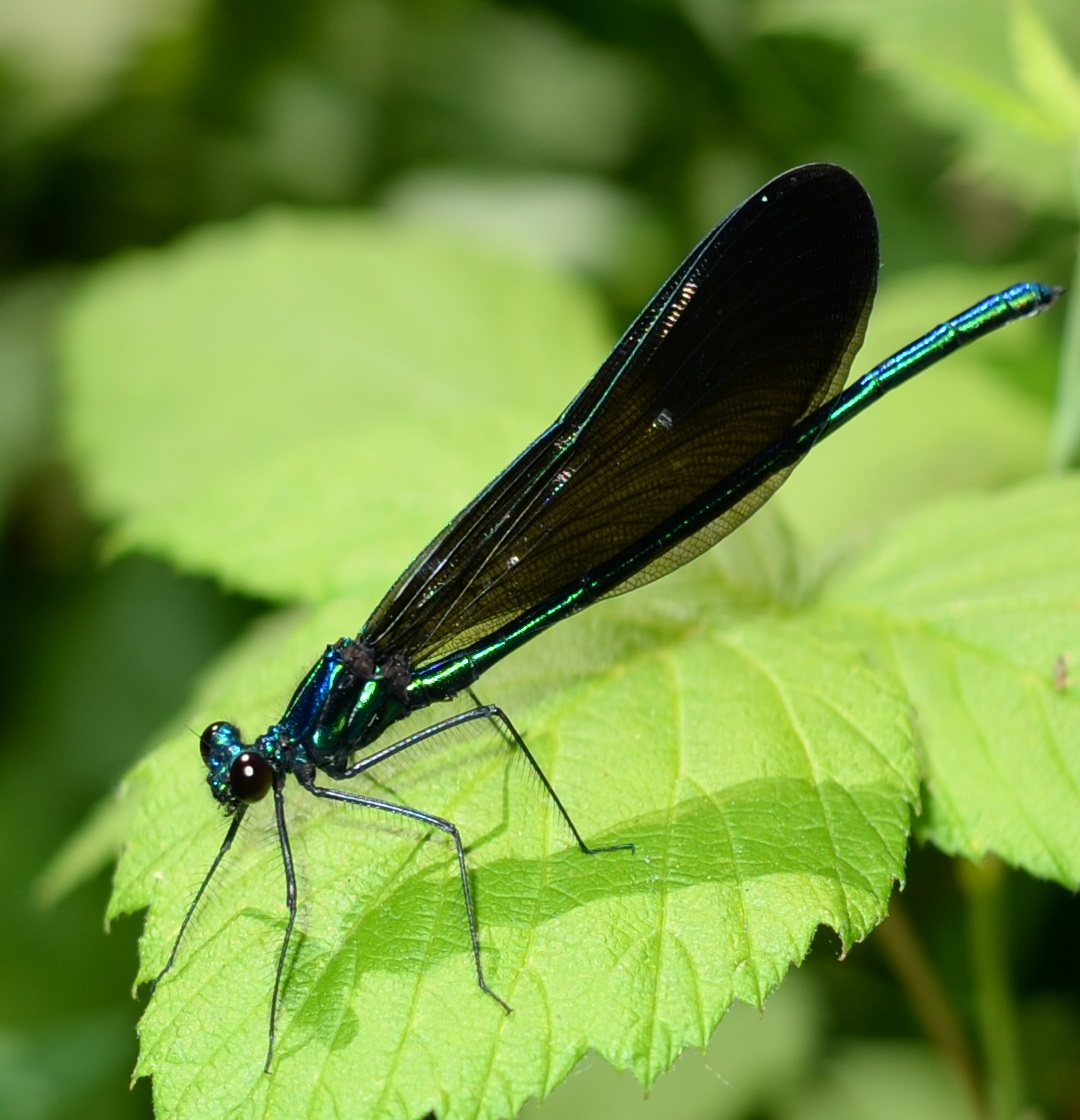
We will once in a while see one of these female hover flies (Helophilus fasciatus) dipping her tail over and over in the pond. She's laying her eggs. Her larvae are great at cleaning up dead plant matter. Many other insects lay their eggs in the water - the crane flies and mosquitoes, for instance (First a crane fly, then a mosquito).
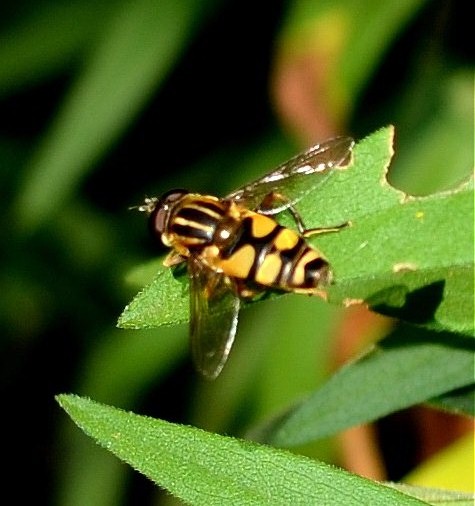

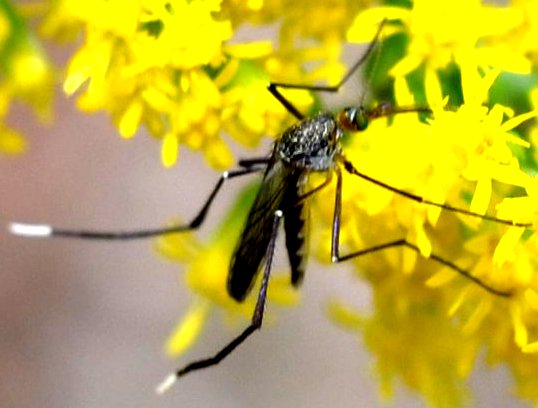
Other creatures live in the pond, most fascinatingly, the water strider. And a number of spiders, such as some of the long-jawed spiders, live just above the water and sail down a self-made zip line to catch things that venture near the shallows. There is also a "fishing spider", which I've never seen fishing, but which apparently take creatures from the water.


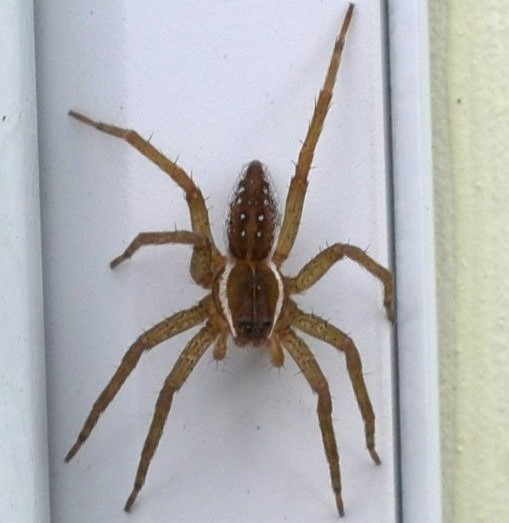
Besides the small creatures that live in or near the water, there are many animals that depend on it as a source of drinking water. This is especially important in the winter, when no other bodies of water are open. I float a little heater on the top of the pond. It keeps a hole about two or three feet wide open. All winter I will see cat tracks on top leading to the hole.
Just a few days ago, I found these pine siskins visiting the pond to drink and bathe.
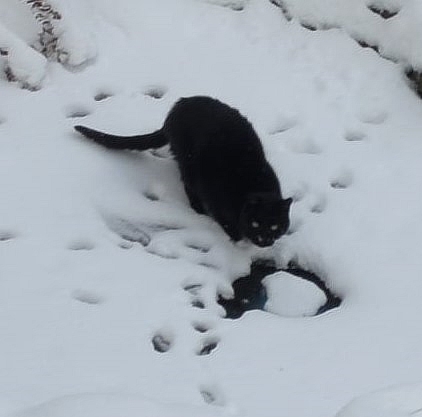
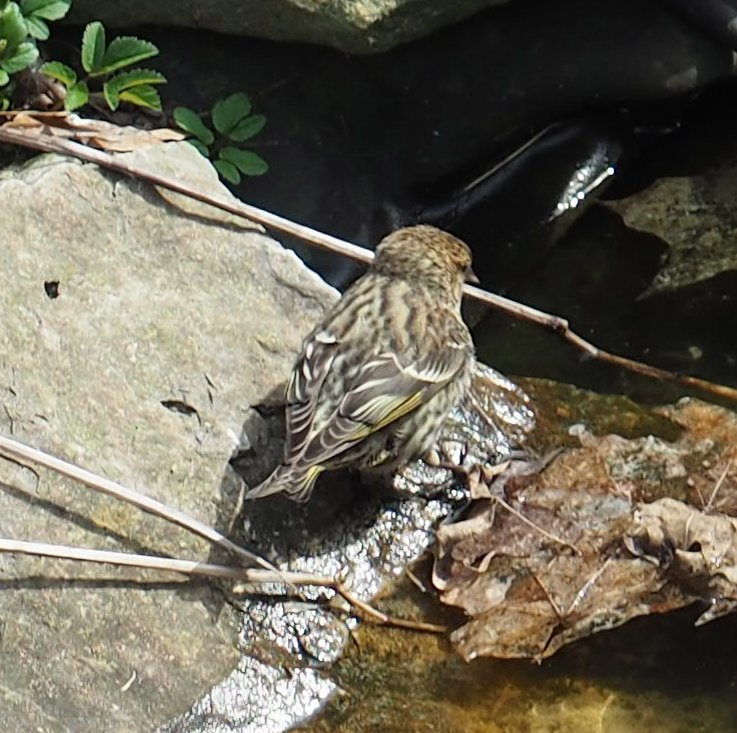
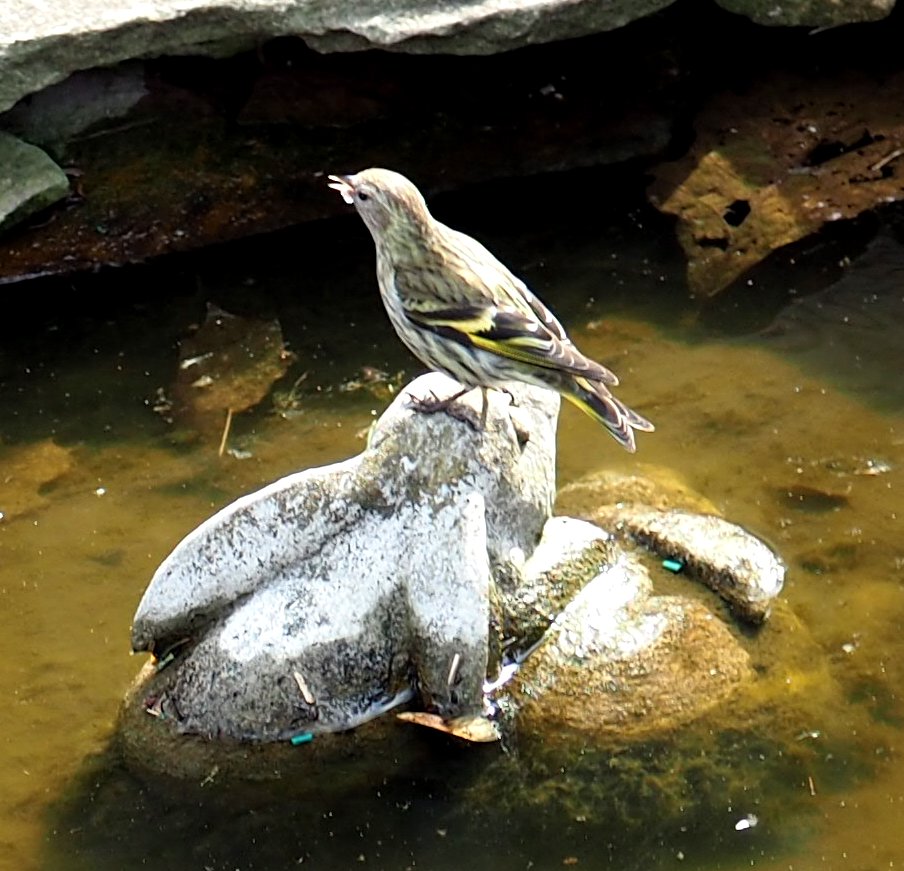
These are a few of the full-time inhabitants and visitors to the pond part of the habitat. Maybe you will find some more examples. (Please share them with me. I'll mention your name, honest.) Anyway, now you will want to go find someone strong to help you dig a hole for your own water feature. Back in 2006, when we started this "water garden", I could still lug some of those big stones. Really! Get help!
Back to My Habitat
Copyright 2021 Martha O'Kennon




































